Once again the list of search strings in my website visitors statistics has turned up something worth blogging about. This latest offering is this search question: “What type of literature is the Hero’s Journey?”
It’s one of those questions that make me go “What?” and then realize there may be something worth considering in it.
There is a very powerful tendency for writers to regard the Hero’s Journey as being only about plot. It seems obvious, of course. It presents a sequence of motifs or events that very easily can shape themselves into a workable plot. That is certainly a perception that lies behind the search question. What type of literature is the Hero’s Journey?
The Hero’s Journey as Quest Story
It is worth starting with the obvious point, then. The Hero’s Journey, when regarded as a plot template becomes the perfect structure for a quest story. And when it comes to genre matters, quest stories are usually adventure stories. The Lord of the Rings, although a fantasy, is an adventure quest. The Searchers, by contrast, would be a serious adventure quest as a Western.

But what really is meant by “genre”? Basically, the term just means a “type” or “sort” of object. In literature, it can mean mysteries, science fiction, or historical fiction or things like romance, adventure, or coming-of-age stories.
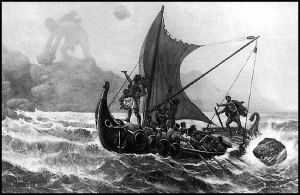 The prototype for quest stories is The Odyssey. It hits all the major points of the Hero’s Journey: meeting the mentor (actually, the origin for that title is a character in the story), approaching the inmost cave, losing everything. If we consider The Odyssey in a typical genre way, we would probably call it an Adventure story. (You might call it an Epic – but that actually refers to the literary form the story was first captured in, a long narrative poem of a legend.)
The prototype for quest stories is The Odyssey. It hits all the major points of the Hero’s Journey: meeting the mentor (actually, the origin for that title is a character in the story), approaching the inmost cave, losing everything. If we consider The Odyssey in a typical genre way, we would probably call it an Adventure story. (You might call it an Epic – but that actually refers to the literary form the story was first captured in, a long narrative poem of a legend.)
So we’re still within the “expected” genres of a plot Hero’s Journey.
The Hero’s Journey as a Plot Shaper
What if we look at a supposedly unlikely genre for a Hero’s Journey plot?
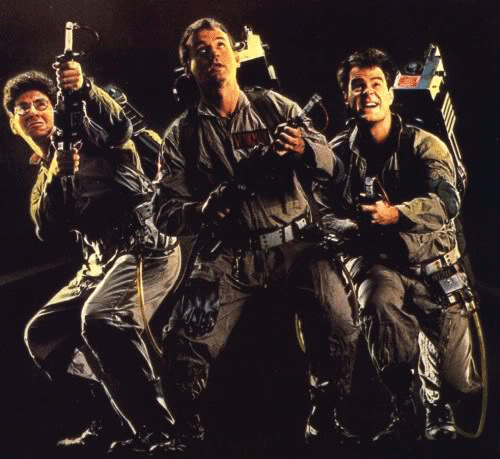 Ghostbusters is a comedy riddled with elements of the Hero’s Journey, particularly if you use elements from Campbell’s outline. For instance, in Campbell’s outline, we find “Meeting the Goddess.” Depending on how you want to interpret the motif, it could either be when Peter meets Dana or when Dana becomes possessed. The “Belly of the Whale” or “Approach to Inmost Cave” element happens to involve the supernatural dimension.
Ghostbusters is a comedy riddled with elements of the Hero’s Journey, particularly if you use elements from Campbell’s outline. For instance, in Campbell’s outline, we find “Meeting the Goddess.” Depending on how you want to interpret the motif, it could either be when Peter meets Dana or when Dana becomes possessed. The “Belly of the Whale” or “Approach to Inmost Cave” element happens to involve the supernatural dimension.
The point is, again, we have aspects of the Hero’s Journey manifesting in an unexpected genre.
Can Romance Have a Hero’s Journey Basis?
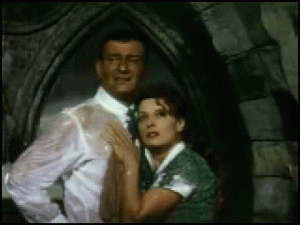 What about Romance? Would we see aspects of the Hero’s Journey in such? Consider The Quiet Man.
What about Romance? Would we see aspects of the Hero’s Journey in such? Consider The Quiet Man.
It is, of course, more than just a romance, but the romantic relationship is at the heart of the story. In the “Refusal of the Call to Adventure,” Sean Thornton refuses to engage in brawling, much to the dissatisfaction of the locals. “Meet the Mentor” actually connects him to two characters, Michaleen Flynn and the Reverend Playfair. His “Supreme Ordeal” is, of course, finally dealing with his bullying brother-in-law, Will Danaher. But when we study the plot of The Quiet Man, it starts to look a bit different than an adventure story. We are moving into more metaphorical uses of the elements of the Hero’s Journey.
Other Genres of Stories Using the Hero’s Journey
By the time you reach a story like the film Hope Floats, you can consider the elements of the Hero’s Journey as thematic beats rather than explicit plot events.
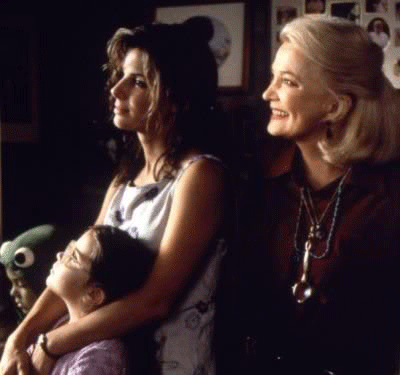
Hope Floats is a personal story, a woman trying to rediscover herself. Her only quest is inside herself. No adventure-quest storyline here.
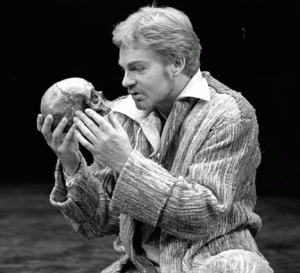 And Hamlet, though it exhibits many of the elements of Campbell’s Hero’s Journey, never goes anywhere (well, other than Hamlet’s brief excursion at sea). The Prince meets a “Supernatural Aid” in the Ghost. We could consider his encounters with Ophelia as the “Woman as Temptress” moment, given that he realizes his love for her could distract him from his mission of uncovering the details of his father’s murder. He comes to better terms with the Ghost (“Atonement with the Father”), and on his return to the court is feted with a supposed friendly fencing match with Laertes (“Apotheosis”). Although there may be plot events that coincide with the Hero’s Journey beats, the thematic stages are more important in the play.
And Hamlet, though it exhibits many of the elements of Campbell’s Hero’s Journey, never goes anywhere (well, other than Hamlet’s brief excursion at sea). The Prince meets a “Supernatural Aid” in the Ghost. We could consider his encounters with Ophelia as the “Woman as Temptress” moment, given that he realizes his love for her could distract him from his mission of uncovering the details of his father’s murder. He comes to better terms with the Ghost (“Atonement with the Father”), and on his return to the court is feted with a supposed friendly fencing match with Laertes (“Apotheosis”). Although there may be plot events that coincide with the Hero’s Journey beats, the thematic stages are more important in the play.
So the question needs to be made, is the Hero’s Journey about plot (actions, movement, events) at all?
The Hero’s Journey and Mythic Motifs
I say it several times in The Scribbler’s Guide to the Land of Myth: mythic motifs and patterns are about meaning. The Hero’s Journey can certainly help any writer shape the structure of a plotline. But if you do not understand the meaning those story beats can convey, you will not be giving your tale any extra juice in using the Hero’s Journey as your template. You need to remember that in using the Hero’s Journey you aren’t just structuring your plotline, you are structuring the story’s internal meaning.
There is no specific genre that comes from the Hero’s Journey. That “journey” is about shaping the meaning of a story. The “events” of the “journey” are what you want to make them. The “journey” can be the ride you the storyteller take the audience on.
The key lies in meaning. Myth and mythic patterns are about meaning. If you think of the Hero’s Journey as the meaning, you can find that even a poem can take you on that quest. No plot, no genre, just an experience.
